
Case studies


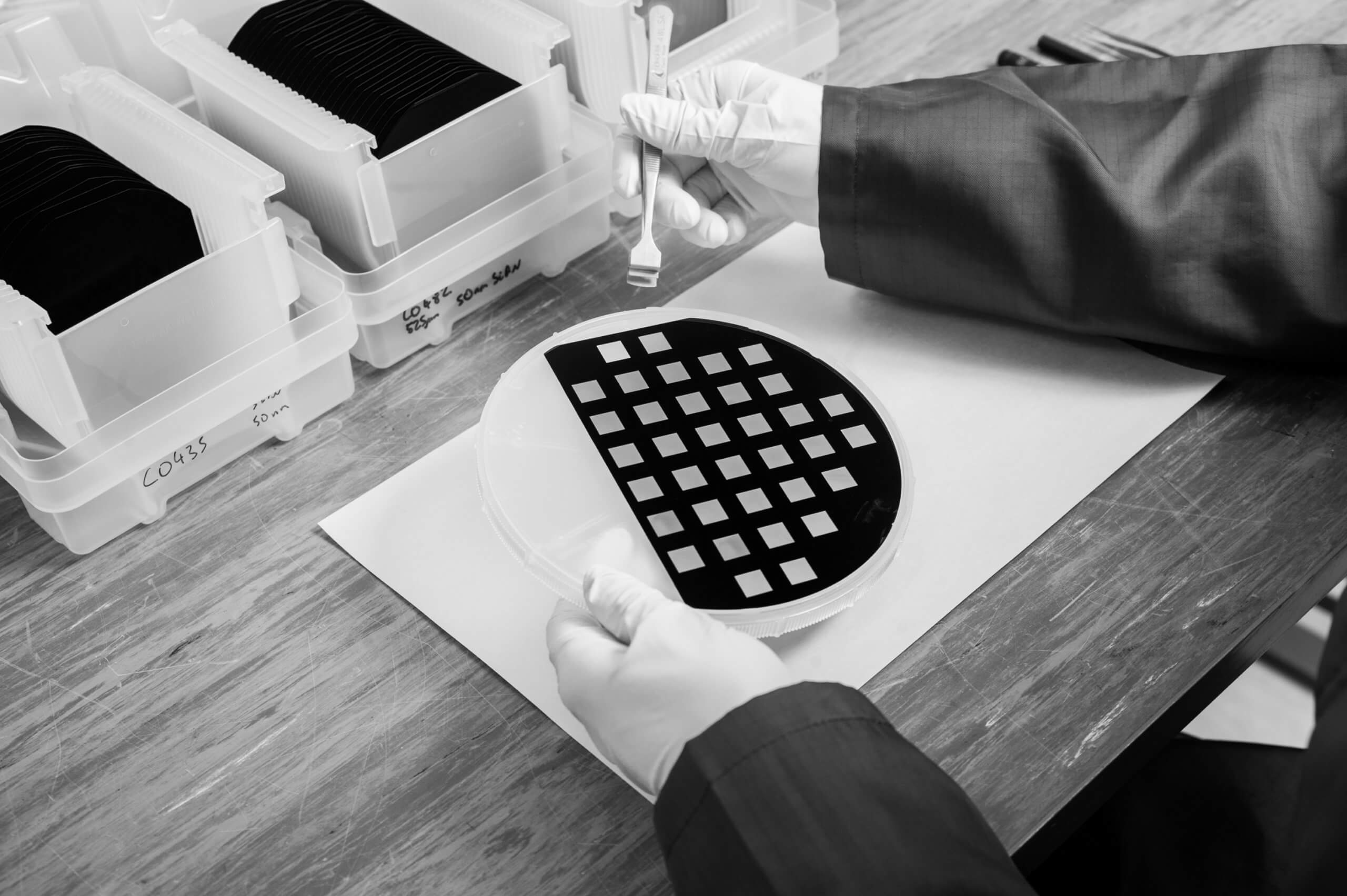
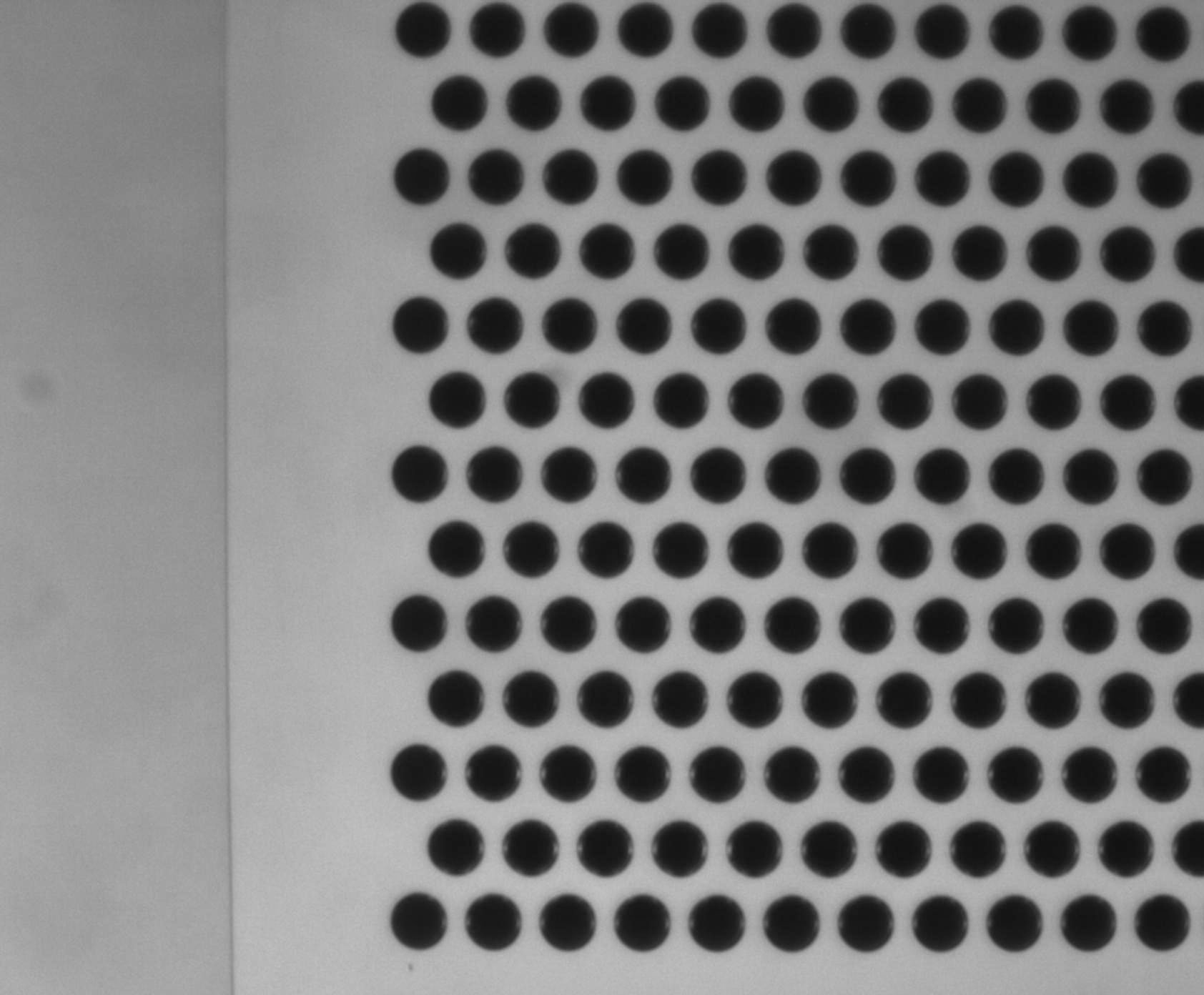
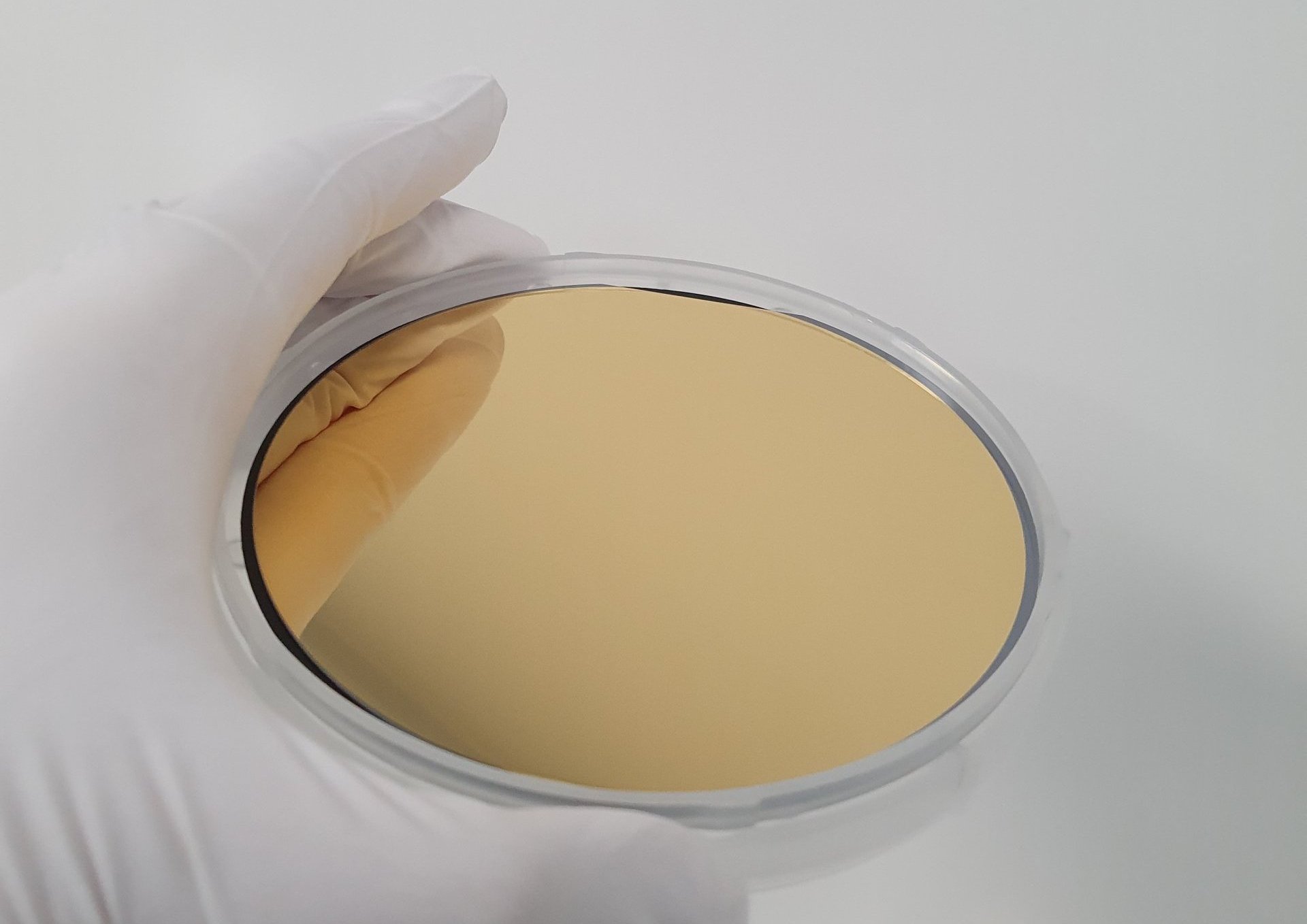
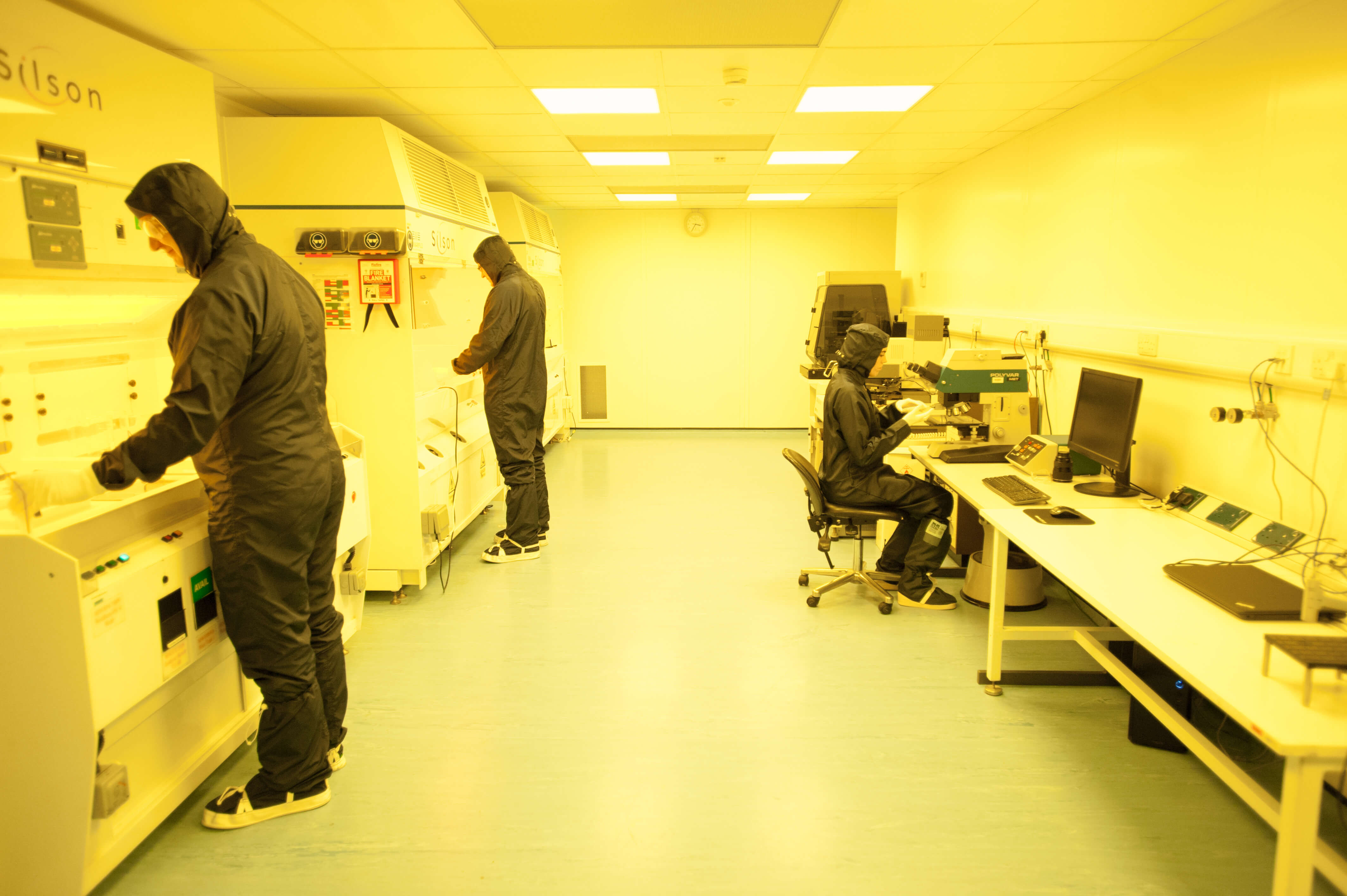
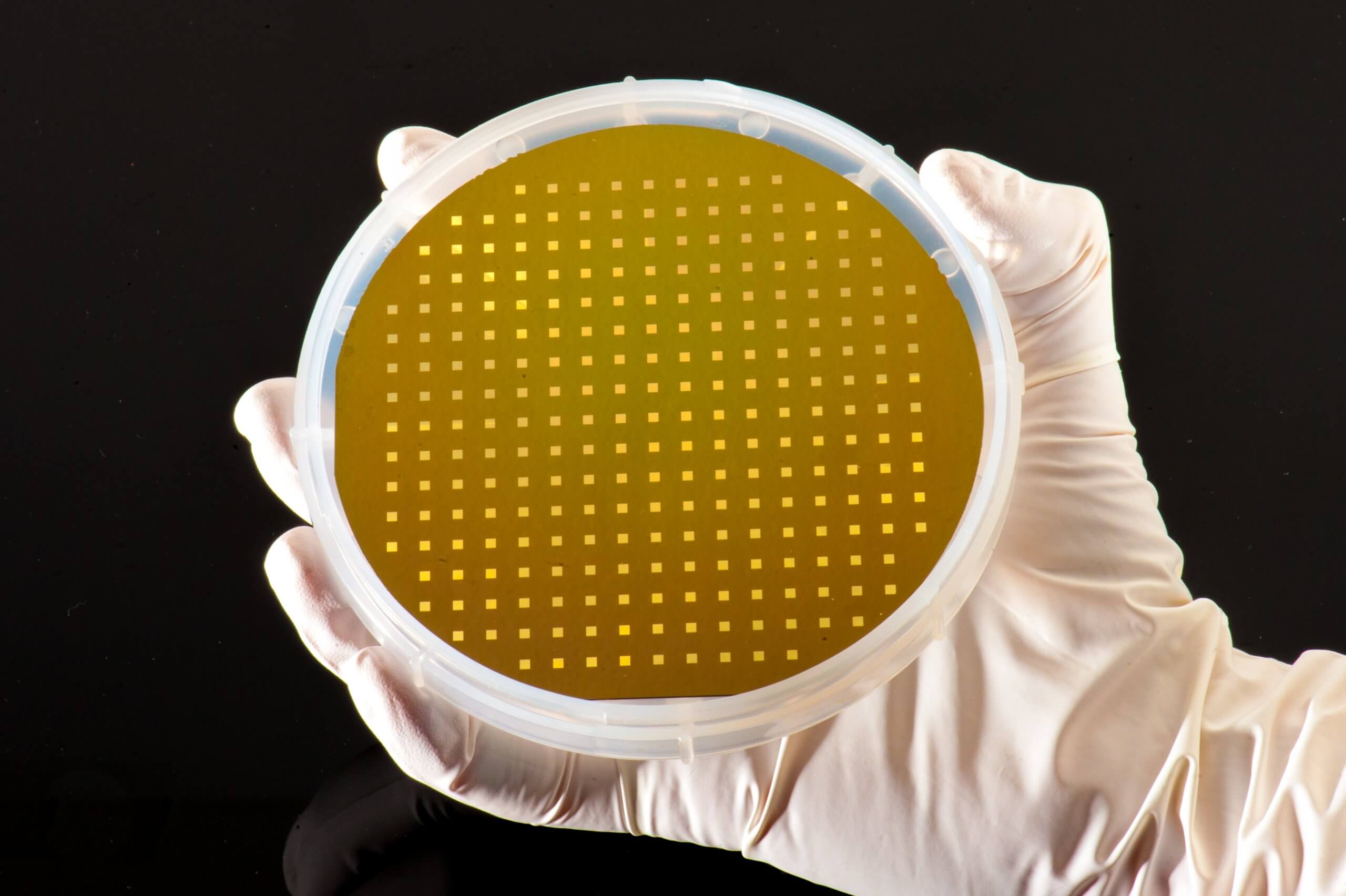

Micro and Nano Engineering have published an article by Astrand et Al which investigates dose insufficiency when writing features in a thick resist layer using Electron-beam lithography (EBL). The abstract reads: “Dose insufficiency originates from the proximity effect distributing energy in volumes of resist that are larger than intended. Based on a simple interpretation of the spread, a proximity effect correction (PEC) algorithm was established. Implementing this, we could realize high-quality nanostructures with direct-write 50 kV EBL on AR-P 6200 (CSAR 62) resist. The latter translates to quick and inexpensive exposures that offer good compatibility with further processes.”
Silson’s silicon nitride membranes of frame size 7.5 × 7.5 mm^2 and thickness 200µm and membrane size 2.5 x 2.5 mm^2 and thickness 100nm were used for the sample preparation for EBL and a thin metal seed layer for electroplating was grown on top of the membranes.
If you would like to read this article in full, please click here!







